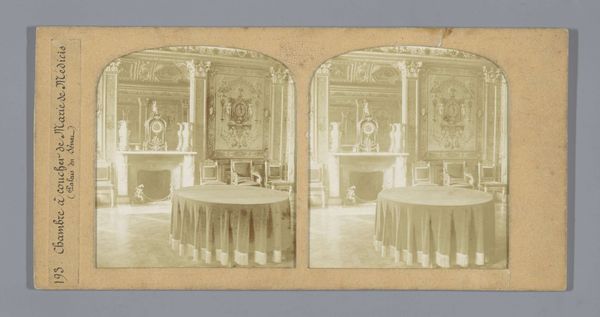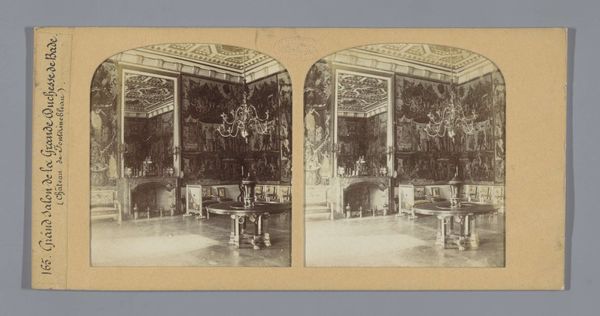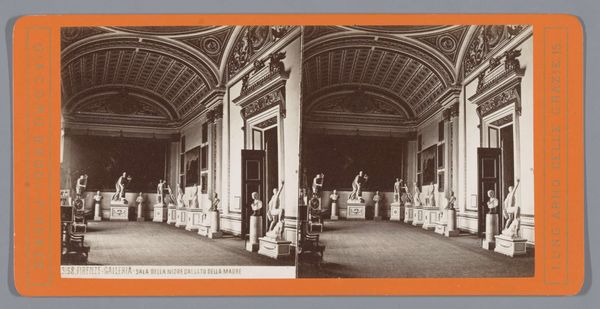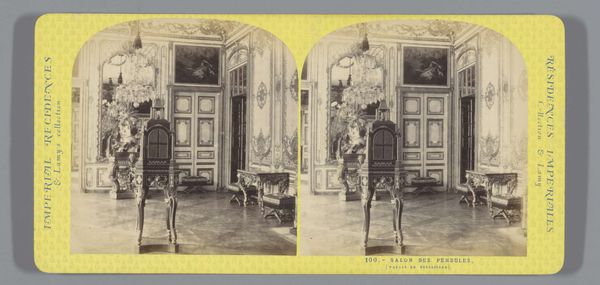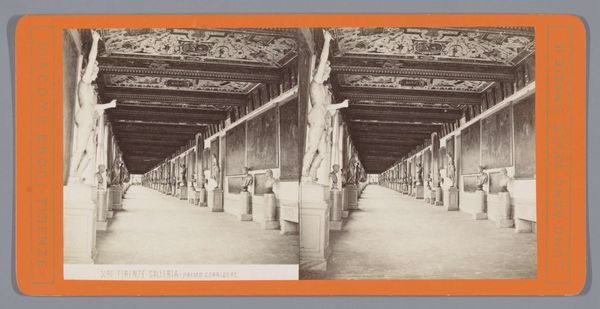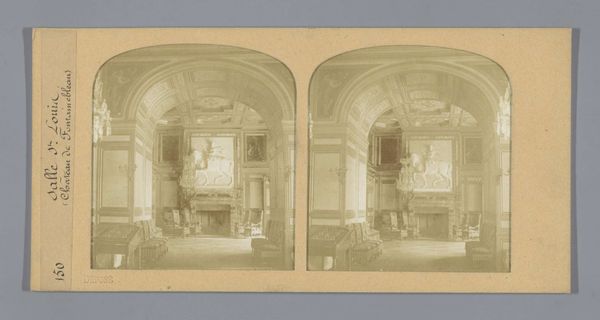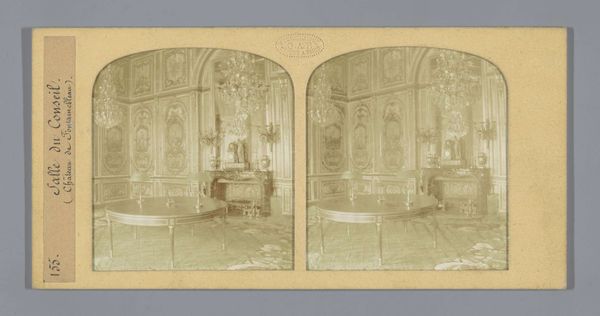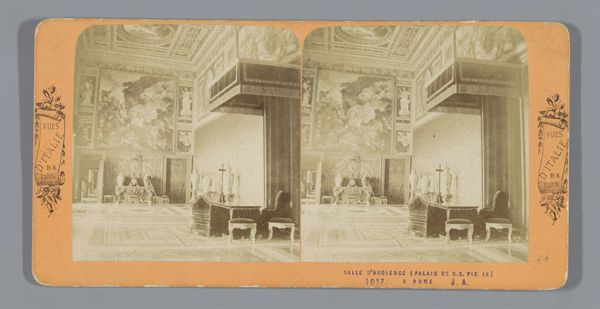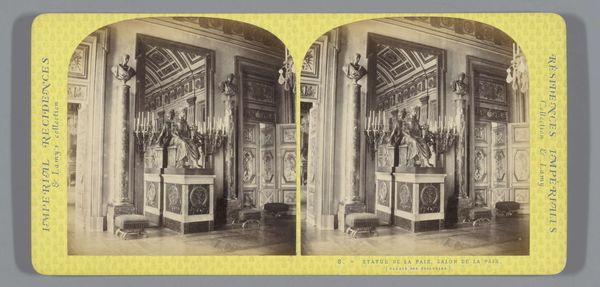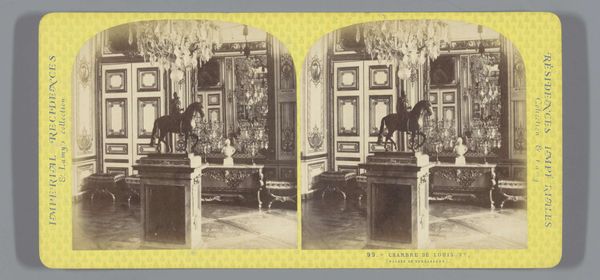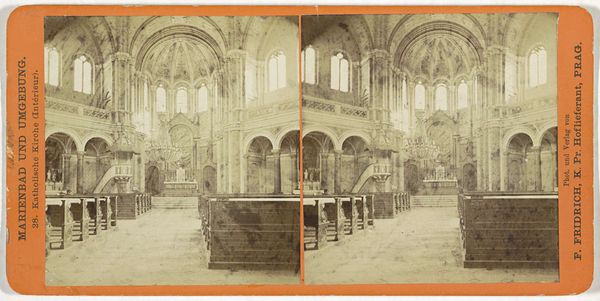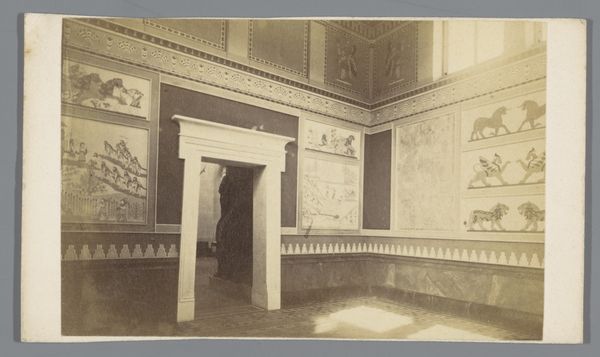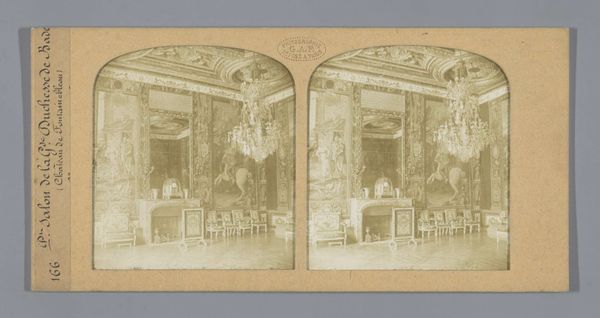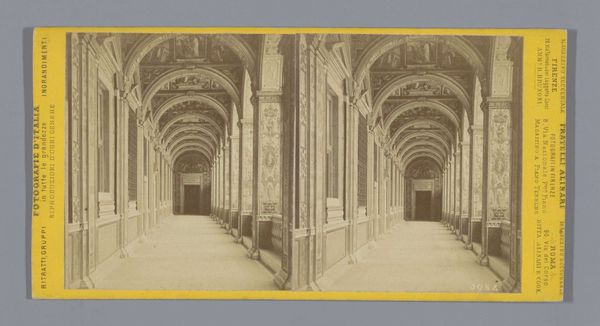
print, photography, collotype, sculpture
#
portrait
#
neoclassicism
# print
#
landscape
#
photography
#
collotype
#
sculpture
Dimensions: height 86 mm, width 177 mm
Copyright: Rijks Museum: Open Domain
Curator: Here we have Giacomo Brogi’s “Galerij met archeologische vondsten aan het Camposanto, Pisa,” created between 1865 and 1881. It’s a collotype photograph. Editor: My immediate reaction is one of somber stillness. The muted tones and formal arrangement of sculptures evoke a palpable sense of history and, perhaps, the weight of the past. Curator: Indeed. Note how the photographer utilizes the collotype process, rendering detail with incredible precision. Consider how light and shadow interplay here. Brogi captures the architectural structure with remarkable clarity. Semiotically, the use of receding space directs our vision inward, into this sacred space. Editor: But I wonder about the practical aspects. Producing collotypes was a painstaking process, demanding skilled labor. It involves coating a glass plate with a light-sensitive emulsion. I wonder, who were the hands involved? Were they considered artisans, or just laborers? What was their role in constructing this representation? Curator: Interesting questions. From a formal perspective, notice how Brogi’s composition strategically juxtaposes the sculpted figures against the backdrop of narrative frescoes, creating a rich dialogue between the classical and the contemporary. The framing of these juxtapositions, by classical architecture, only strengthens the work’s structure and message. Editor: This collotype, as a commodity, also reflects the increasing accessibility of art and historical artifacts through mass production in this period. Photography allowed for the democratization of images of these important objects, although its access was still mediated by socioeconomic factors. What were the dynamics surrounding the acquisition and consumption of such images? Curator: A fair question indeed, yet the arrangement and symmetry bring balance and meaning to the subjects within the frame, leading the eye into deeper readings beyond just the collotype. Editor: Thinking about the broader context allows us to consider the materiality of photography itself—the alchemy of light, chemicals, and human intervention. Brogi was definitely documenting the history of that space, the artistic nature of which he was showing. Curator: An insightful reminder. Viewing the architecture in the photograph emphasizes the work of geometry as it highlights perspective. I now perceive how my views intersect with your consideration of this place.
Comments
No comments
Be the first to comment and join the conversation on the ultimate creative platform.
